2019 Tax Refund Delays - What You Should Know
August 4, 2020 | IRS, Tax Refund
Earlier this year the IRS extended the April 15th tax deadline to July 15th, 2020 due to the COVID-19 pandemic. Hopefully, you have either filed your return or filed an extension. With the filing deadline behind us, one thing on the minds of several taxpayers is their refund status.
What’s the delay?
There are a few reasons why your refund may take longer than usual. The IRS closed their offices back in March due to the pandemic and were put in charge to distribute stimulus checks back in April with a limited staff. In June, the IRS was able to reopen under limited capacity.
Outside of this pandemic, 90% of returns will receive their refund within 21 days of filing. This could still be the case for some e-filers but if you filed your return by mail there could be a longer wait time. The IRS is operating under limited staffing to adhere to social distancing guidelines. As a result, processing paper returns has been slowed tremendously and they are working through them in the order it was received. This could extend delays by several weeks depending on your place in the queue. We have heard from our clients that in some cases the wait can be up to 20 weeks to process refund claims.
How can I follow up?
There are two ways you can check the status of your refund. If it has been 24 hours since you e-filed or 4 weeks since you mailed your return, you can use the “Where’s My Refund” tool on the IRS website. If it has been more than 21 days since you e-filed or 6 weeks since you mailed your paper return it will direct you to contact the IRS directly. To use this tool you'll need:
Your Social Security number or individual taxpayer identification number
Filing status
Exact refund amount
There may be a silver lining!
According to the IRS, if you filed your individual 2019 return from April 15th through July 15th you are eligible to receive interest payments from the IRS for the delayed return.
The interest rate for the second quarter is 5% annually, compounded daily
The interest rate for the third quarter is 3% annually, compounded daily
We will continue to monitor this. Please feel free to reach out to us at Probity Tax Recovery if you have any questions or if you want to see how you can get a head start on your organization’s 2020 R&D credit study. It is never too early to begin planning!
